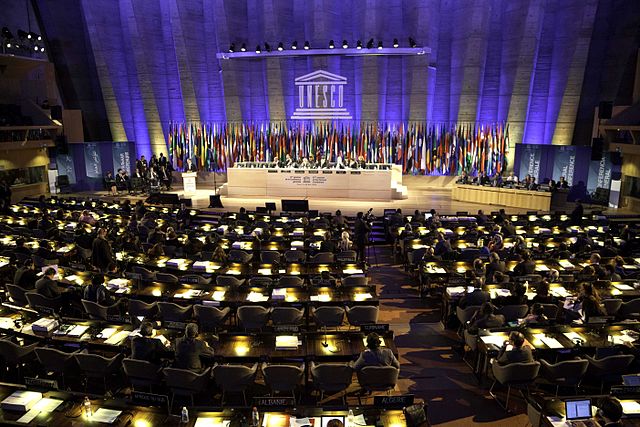At its 191st Session in April 2013, the Executive Board of UNESCO recommended that the General Conference decide if preservation and access to documentary heritage could be regulated at the international level by means of a new standard-setting instrument. The General Conference decided that it could be regulated by a new UNESCO Recommendation and invited the Director-General to submit a draft text.
The result is a new draft Recommendation Concerning the Preservation of, and Access to, Documentary Heritage in the Digital Era, created under the auspices of the UNESCO Memory of the World Programme, which deals with the accessibility of preserved cultural materials recorded with a diverse range of media.
The AMIA Film Advocacy Task Force commented on the draft in accordance with AMIA’s UNESCO-affiliated NGO status. The FATF consulted experts, practitioners, and AMIA members during the process, folding their input into the document.
The AMIA submission focused on the protection and enhancement of the position of motion picture film (one of the cultural mediums under consideration) and suggested changes and additions to the language of the draft Recommendation that:
◊ Support cultural diversity
◊ Emphasise the importance of craft skills and traditions
◊ Underline the need for a critical approach to technological development
◊ Extend the definition of access
The Task Force completed the final submission and the AMIA Board approved the document in advance of a January 5, 2015 deadline.
UNESCO is now considering all submissions by UN member countries, leading to a final draft for adoption at its 38th General Conference in November 2015.
Image:37 Asamblea General de la UNESCO by Cancillería del Ecuador
is licensed under the Creative Commons Attribution-Share Alike 2.0 Generic license
